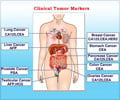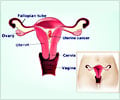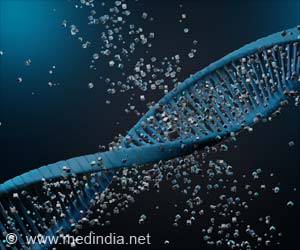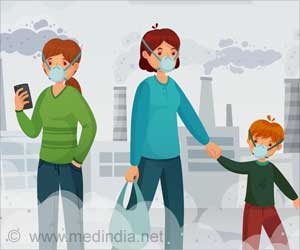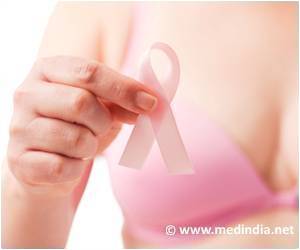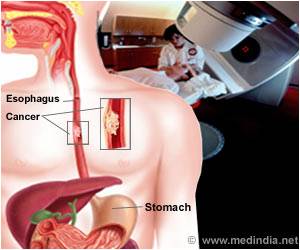Presenting author S. Pradhani, University of Delaware, Newark, USA, will present an abstract titled Salivary Acinar Cells Regenerate Functional Glandular Structures in Modified Hydrogels
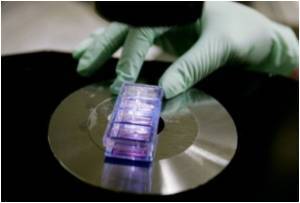
In this study, an IRB approved protocol was established and salivary gland tissue was obtained from patients undergoing head and neck surgery. Tissue specimen was dissociated to obtain acinar enriched cultures. Biomarker studies with the salivary enzyme, α-amylase and tight junction proteins such as zonula occludens-1 and E-cadherin, confirmed the phenotype of these cells. Acinar cells were seeded on HA-based hydrogels to obtain lobular structures with central apoptosing cells and lumen.
An HA-based hydrogel system was developed to aid the differentiation of acinar cells into lobular acini-like structures. Functionality of these structures was demonstrated by the use of neurotransmitters that enhance their fluid and protein secretion pathways. Future experiments will involve implantation of these hydrogels in animal models to test their functionality in vivo.
This is a summary of abstract #539, "Salivary Acinar Cells Regenerate Functional Glandular Structures in Modified Hydrogels," to be presented by S. Pradhani at 11:45 a.m., Thursday, July 15, 2010 in Room 133 of the Centre Convencions Internacional Barcelona, Spain during the 88th General Session & Exhibition of the International Association for Dental Research.
Source-Eurekalert

